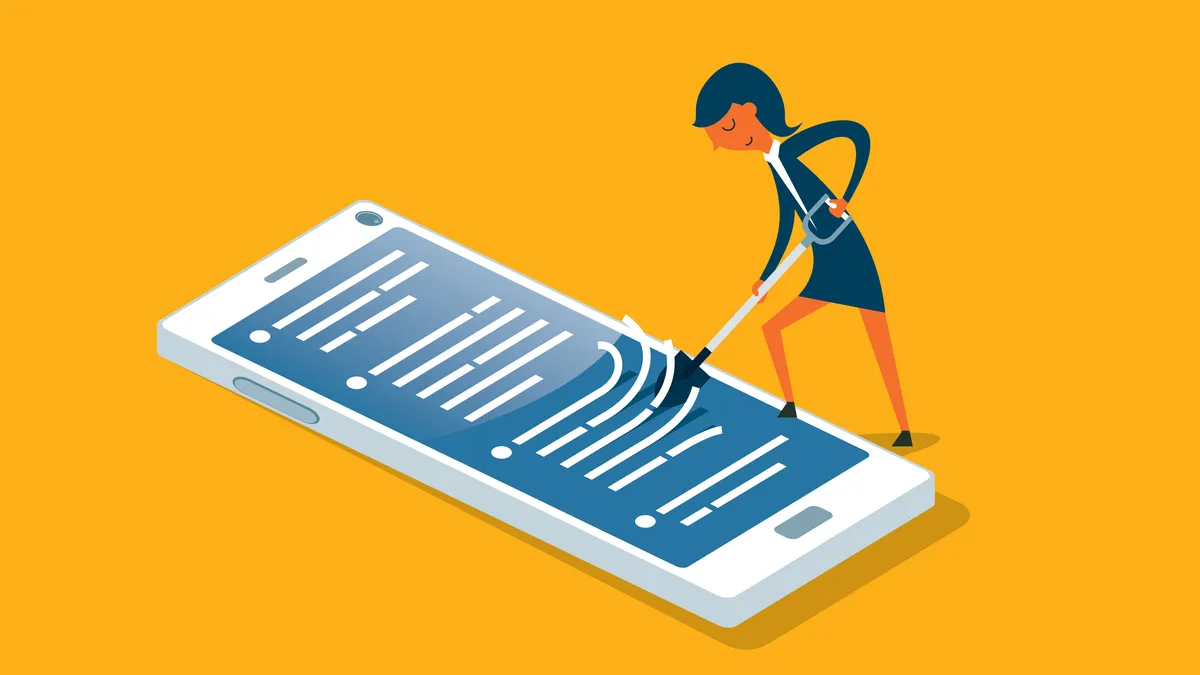Encountering a situation where you’re unable to access your two-factor authentication (2FA) app can be a stressful experience. Imagine diligently fortifying all your online accounts with 2FA, following expert recommendations to enhance security. Yet, despite your best efforts, a sudden mishap like a damaged, lost, or stolen phone can leave you locked out of every crucial account. This predicament highlights the paradox of past efforts aimed at safeguarding future access inadvertently causing present turmoil.
The fundamental concept of two-factor authentication (2FA) revolves around bolstering the security of online accounts by introducing an additional layer of verification beyond the traditional password. Typically, this secondary factor could be something you know (like a password), something unique to you (such as a fingerprint), or something you possess (like a hardware security key). This approach significantly diminishes the risk posed by password breaches, as even if malicious actors obtain your password, they’re unlikely to possess the second factor necessary for authentication.
The implementation of 2FA encompasses various methods, ranging from the widespread adoption of authenticator apps to the more secure but less prevalent use of hardware security keys. Emerging technologies like passkeys offer promising alternatives, aiming to streamline authentication processes while maintaining robust security measures. Despite the diversity of options, the overarching goal remains consistent – fortifying accounts against unauthorized access in an increasingly vulnerable digital landscape.
However, despite the evident security benefits conferred by 2FA, there exists a potential vulnerability – the risk of being locked out of accounts due to unforeseen circumstances affecting access to the secondary factor. Whether it’s a malfunctioning device, a misplaced security key, or another unforeseen event, the consequences of being unprepared for such scenarios can be significant.
To mitigate this risk effectively, proactive measures are imperative:
- Backup Codes: Many 2FA-enabled services offer backup codes, providing a failsafe option for regaining account access in emergencies. These codes, often a string of alphanumeric characters, serve as a temporary substitute for authentication.
- Authenticator App Backups: Leveraging authenticator apps with built-in backup and recovery functionalities allows for seamless restoration of access on new devices or in the event of app deletion.
- Physical Backup Security Keys: Maintaining physical backup security keys ensures continuity of access even if primary keys are lost or compromised.
- Redundant 2FA Methods: Employing multiple 2FA methods for redundancy enhances resilience against potential access challenges, albeit with heightened security considerations.
- Passkeys: Exploring newer authentication technologies like passkeys, which offer enhanced convenience and cross-device synchronization, can further streamline account recovery processes.
By integrating these proactive strategies into your security framework, you can bolster the resilience of your online accounts against potential authentication obstacles. However, it’s crucial to strike a balance between security and usability, ensuring that protective measures don’t inadvertently impede access or usability.
In essence, while the prospect of being locked out of your accounts due to 2FA issues may seem daunting, proactive preparation and adherence to best practices can significantly mitigate the risks, enabling you to navigate potential challenges with confidence and resilience in an ever-evolving digital landscape.
Discover more from MUZZLECAREERS
Subscribe to get the latest posts sent to your email.








